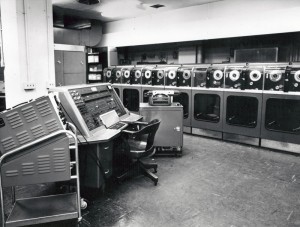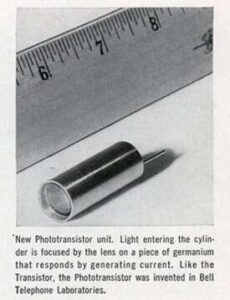Archive for March 30, 2025
UNIVAC Unveiled

The first commercial computer, UNIVAC, is received by the US Census Bureau. Short for UNIVersal Automatic Computer, UNIVAC used over 5,000 vacuum tubes, weighed 16,686 pounds, consumed 125 kW of electricity, and could perform about 1,905 operations per second running on a 2.25 MHz clock. It was 14 feet long, 7 feet wide, and 8 feet tall.
Developed by J. Presper Eckert and John W. Mauchly, who had designed the first fully electronic computer ENIAC during World War II, the duo had formed a company in 1946 to develop a computer for the Census Bureau. Originally expected to take 6 months to begin development, it took 2 years to complete the study to design the computer. In 1950 Eckert and Mauchly sold their company to typewriter manufacturer Remington Rand and continued their work within the corporation’s calculating machine division. In 1952 the UNIVAC became famous for correctly predicting the results of the presidential election, contradicting the expected Gallup Poll results, and made the general public aware of the advancement of electronic computers.
Interestingly enough, the Census Bureau had driven the development of devices that eventually led to computers since the 1890’s and Herman Hollerith’s Punch Card Calculator.
Invention of the Phototransistor
Bell Telephone Labs announces the phototransistor, invented by Dr. John Northrup Shive. Often called an “electric eye”, a phototransistor is activated by light rather than electricity. It found early use in telephone switching systems for long distance service, allowing operators to quickly direct dial phones in distant cities. Today phototransistors find many uses in a variety of technologies such as computers, robotics, and industry.

